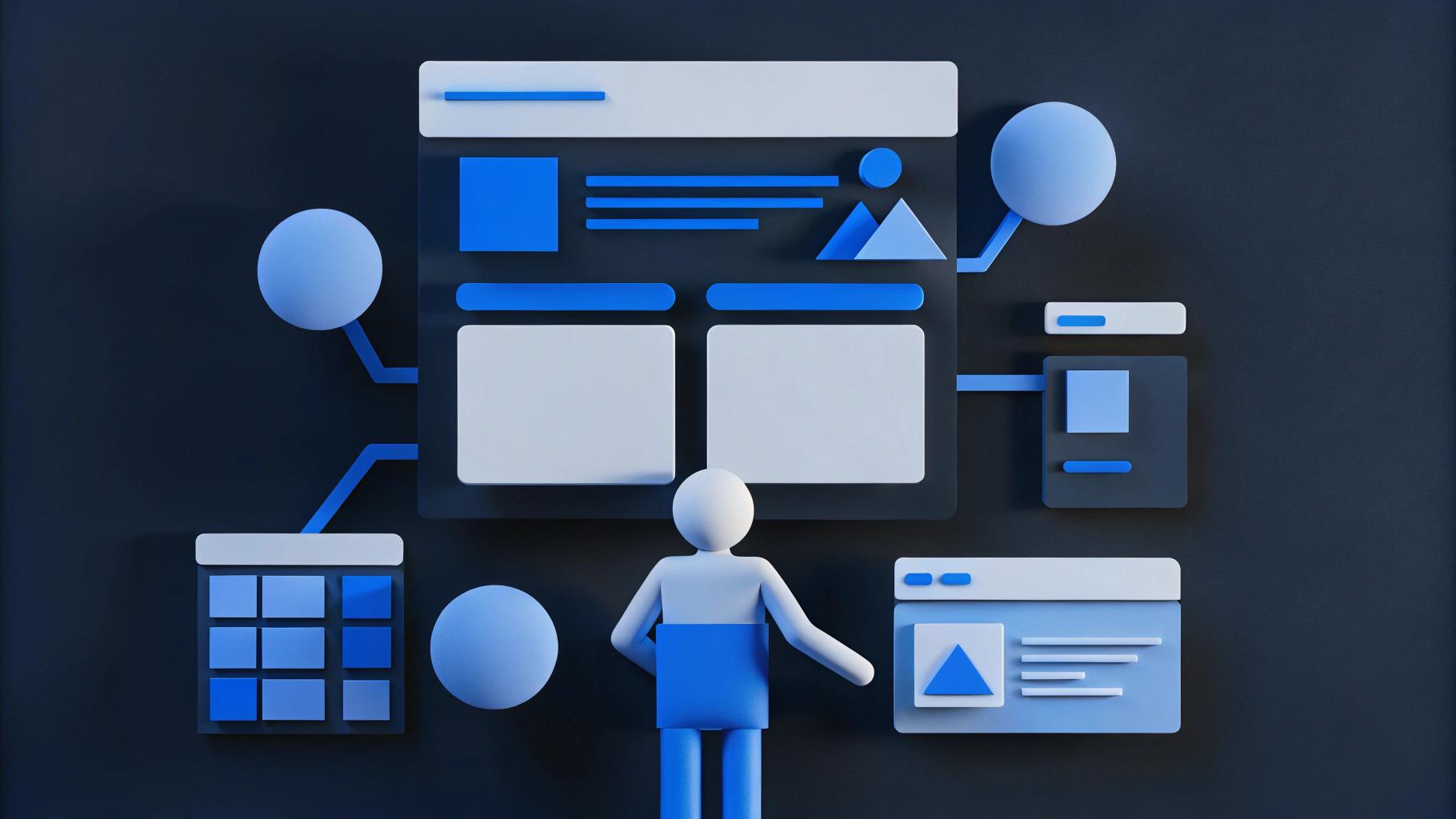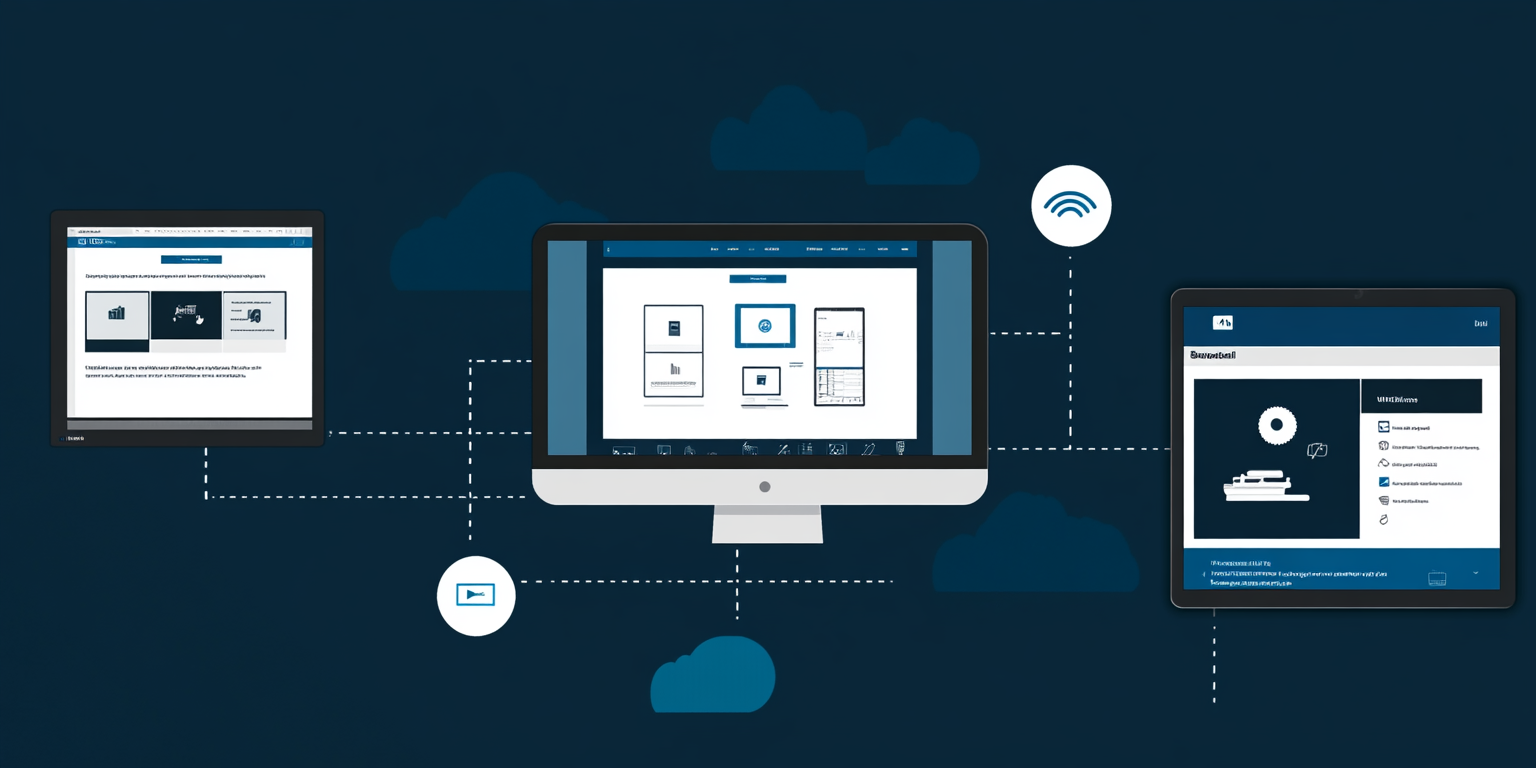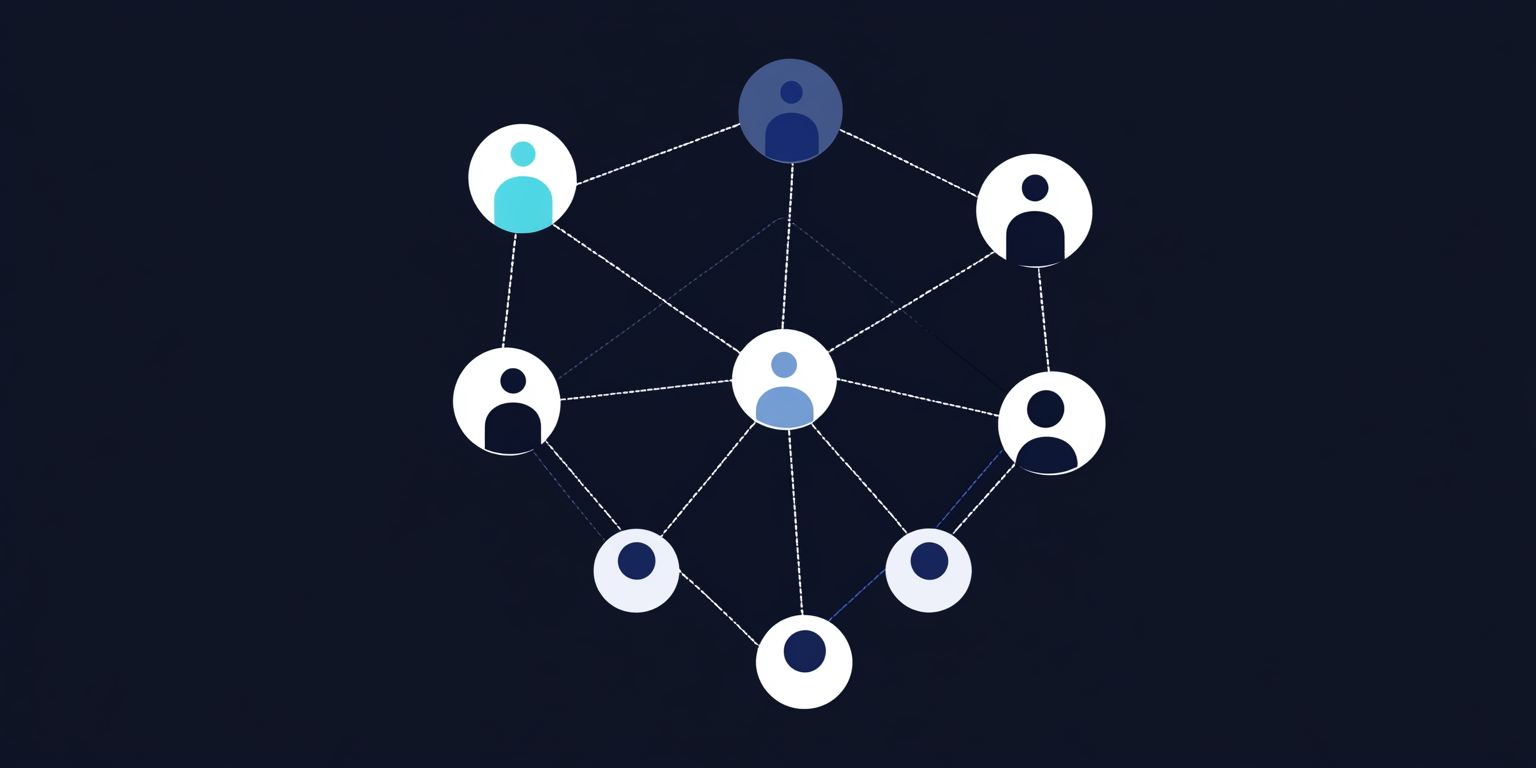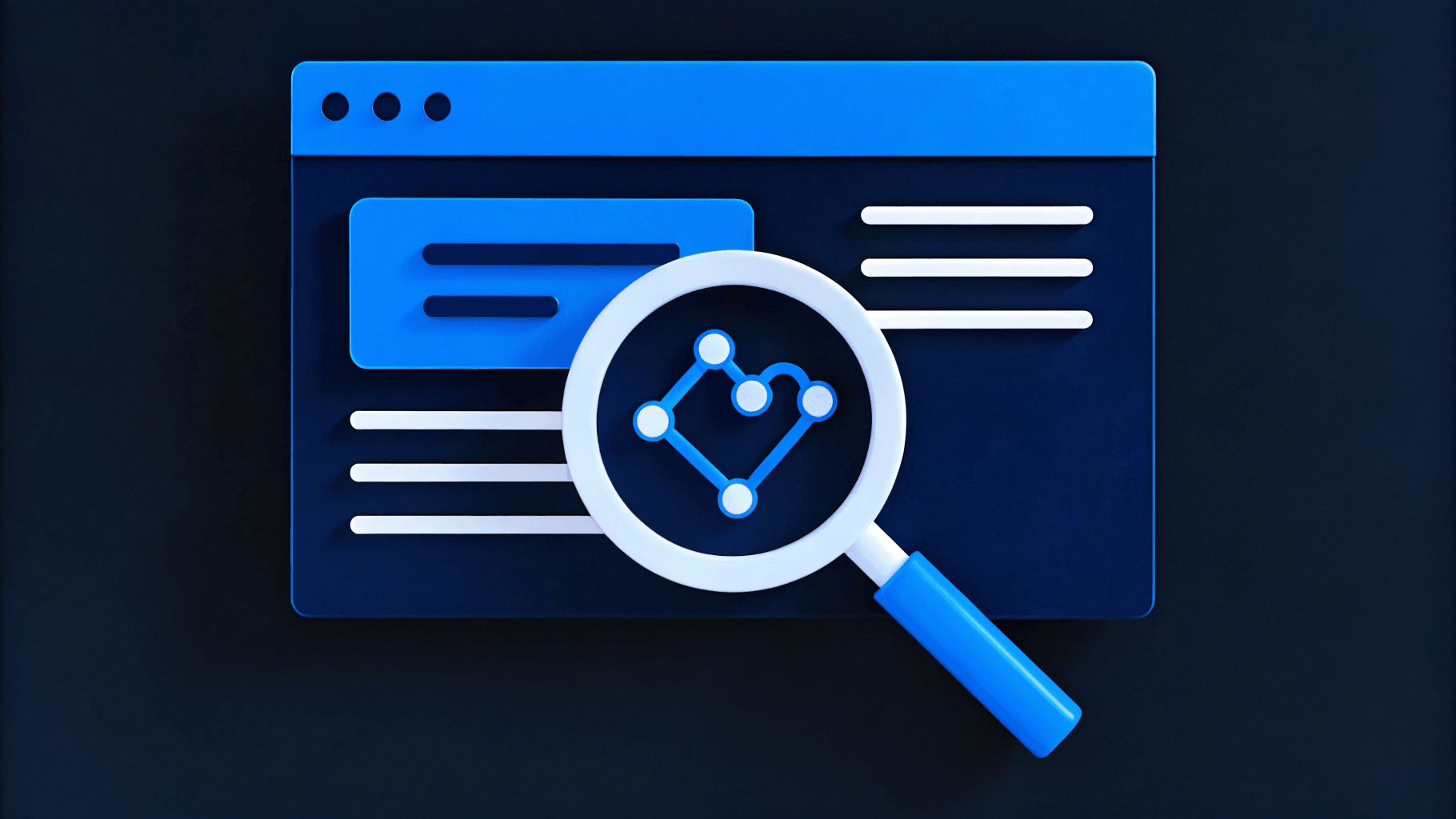Friday, July 11, 2025
B2B Web Team Workflows: Where AI Actually Delivers

Most B2B web teams talk about using AI, but few have made it part of their daily workflow. It's still stuck in side projects, disconnected from the systems that ship pages, test features, and drive revenue.
That's starting to shift. When AI is built into the core of how content gets published, designs get approved, and releases go live, everything moves faster and scales cleaner. Drafts turn around in minutes. Tests run automatically when a component changes. Variants launch without waiting on manual segmentation.
WebOps teams sit at the intersection of velocity and stability, responsible for shipping fast without breaking core flows like checkout, lead capture, or gated content. That tension makes WebOps one of the highest-impact areas for AI adoption. AI reduces bottlenecks across the entire lifecycle, drafting content, running tests, flagging regressions, and monitoring performance in real time. Instead of relying on manual QA or post-launch analytics, teams get early signals and automated fixes built into the workflow.
Top B2B SaaS teams are already operationalizing AI across their entire workflow pipeline. And as AI budgets continue to grow, teams without a plan risk falling behind. In this guide, we'll show you how to apply AI where it makes a real impact—starting with the workflows that deliver the highest return on investment.
The AI-First Workflow Framework
The key to successful AI adoption is implementing it as a progression through your existing workflow stages: Planning → Creation → Review → Deployment → Monitoring. Each stage builds on the previous one, creating a compounding effect that transforms how work gets done.
Most teams make the mistake of jumping straight to creation tools—AI writing assistants, design generators, code completers. But without the right foundation, these tools remain isolated experiments that never scale. The framework below shows you how to sequence AI adoption for maximum impact.
Stage 1: AI-Enhanced Planning
Before any content gets written or designs get mocked up, AI can accelerate the planning process that shapes everything downstream. LLMs can analyze competitor content, identify keyword gaps, and suggest content structures based on your existing high-performing pages. This intelligence feeds directly into your content briefs, design requirements, and development tickets.
For WebOps teams, this means fewer revision cycles later in the process. When AI helps surface the right approach upfront, you spend less time backtracking through design changes or content rewrites. The planning stage sets the foundation for all subsequent AI applications.
Stage 2: AI-Accelerated Creation
Content creation is where most teams first experience AI's production benefits. With the right prompts and quality controls, generative models can transform brief outlines into draft blog posts, product descriptions, and email sequences in minutes rather than hours. This acceleration is particularly valuable for high-volume content needs like SEO pages, product updates, and nurture campaigns.
The key is maintaining quality while gaining speed. Thought leadership posts, product updates, and gated assets can go from brief to draft in minutes when AI understands your brand voice and target audience. SEO copilots recommend keywords, structure outlines, and flag internal linking gaps before publishing.
Once content is live, AI monitors pages for outdated stats or broken links and flags updates before rankings slip.
- Localization transforms from a bottleneck into a competitive advantage. Translation engines now support global rollouts without additional headcount.
- Real-time personalization leverages visitor behavior to trigger dynamic swaps such as changing headlines, CTAs, or case studies based on industry or stage, without slowing down the page or adding manual overhead.
- Post-launch monitoring ensures content stays current—AI continuously scans pages for outdated stats or broken links and flags updates before rankings slip.
This creation acceleration extends beyond content into design and development workflows. Modern AI tools surface design suggestions without requiring teams to jump between color pickers, contrast checkers, and component libraries. When those design tokens live in a headless CMS like Contentful or Storyblok, AI can auto-generate matching components and responsive breakpoints. That keeps your design system and codebase aligned, without manual handoffs.
Stage 3: AI-Powered Review and Quality Assurance
Manual review processes can't keep pace with AI-accelerated creation. This is where AI-powered QA becomes essential—not just for maintaining quality, but for catching issues that human reviewers might miss under time pressure.
AI-based QA platforms scan user stories and code to generate end-to-end test cases. Some even create self-healing scripts that adjust when the UI changes. Regression coverage stays current without a rewrite sprint every time the layout shifts. For content, AI can fact-check claims, verify brand compliance, and ensure accessibility standards are met before publication.
Performance optimization works the same way. Tools ingest Lighthouse data and correlate slowdowns to specific commits, helping teams identify what's behind a drop in Core Web Vitals. The review stage becomes proactive rather than reactive, catching problems before they reach production.
Quality assurance at this stage requires a systematic approach. Teams need real-time accessibility and cross-browser scans, issue triage ranked by user impact, and auto-assigned tickets in Jira or Asana with impact scoring. A preflight checklist that updates with every deploy ensures nothing slips through the cracks.
Stage 4: AI-Optimized Deployment
The deployment stage is where AI transforms from a productivity tool into a strategic advantage. Instead of deploying the same version to all users, AI can manage variant testing, gradual rollouts, and real-time optimization based on user behavior.
This is particularly powerful for B2B teams managing complex buyer journeys. AI can automatically adjust page content, form fields, and call-to-action placement based on traffic source, company size, or previous engagement. The deployment becomes an ongoing optimization process rather than a one-time event.
For WebOps teams, this means fewer emergency rollbacks and faster iteration cycles. When AI can monitor deployment health and make real-time adjustments, you can ship more confidently and recover faster when issues arise.
Stage 5: AI-Driven Monitoring and Continuous Improvement
Once AI starts shipping real work, continuous monitoring becomes the system that keeps quality high and risk low. Component tracking tools give your team visibility into what ships and where drift happens. You'll spot non-standard variants, forks in the design system, or unapproved token usage before they spread.
Analytics becomes predictive instead of reactive. With more buying journeys moving online, AI models can surface which user segments are growing, which pages are slipping, and where to shift resources mid-quarter, not after the fact. This intelligence feeds back into the planning stage, creating a continuous improvement loop.
Internally, LLMs help keep your documentation current. They read commit messages, pull request comments, and token updates, then generate updated changelogs and usage guides. No more stale docs or tribal knowledge. AI helps teams spot drift early, tighten feedback loops, and continuously improve without adding overhead.
Implementing Your AI Workflow: A Practical Roadmap
The framework above provides the structure, but implementation requires a clear sequence. Based on our experience with B2B teams, here's the roadmap that delivers the fastest time to value:
Month 1: Foundation and Planning
Start with AI-enhanced planning and content creation. These deliver immediate productivity gains while your team builds confidence with AI tools. Focus on high-volume, manageable content types:
- Blog posts and thought leadership content
- Product updates and feature announcements
- Email sequences and nurture campaigns
- SEO pages and landing page variants
Month 2: Quality and Review Systems
Layer in AI-powered QA and review processes. This is where teams often stumble—they accelerate creation but don't upgrade their quality systems to match. Implement these quality controls before moving to the next stage:
- Automated testing and regression coverage
- Brand compliance and voice consistency checks
- Accessibility scans and WCAG validation
- Performance monitoring and Core Web Vitals tracking
Month 3: Advanced Deployment and Monitoring
Add AI-driven deployment optimization and continuous monitoring. This stage requires the most technical integration but delivers the highest strategic value. Your team should be comfortable with AI tools and have quality systems in place before tackling real-time optimization.
The key is maintaining this sequence. Teams that jump ahead to advanced applications without building the foundation often see their AI initiatives stall out or create more problems than they solve.
Structured Prompt Library: Your AI Quality System
As teams scale AI use across the workflow, prompt consistency becomes critical. A shared prompt library keeps outputs on-brand and aligned with team standards while reducing the learning curve for new team members.
The foundation of effective prompt engineering follows a simple structure: Role + Task + Context. This format ensures AI understands not just what to do, but who it's acting as and what constraints matter.
For example, content creation prompts you might use include:
- "You are a B2B copywriter. Draft three subject lines for an email announcing a new AI feature for mid-market CMOs."
- "You are a technical writer. Create a 500-word explainer on API rate limiting for developer documentation."
Development prompts you might use include:
- "You are a front-end engineer. Refactor this React Accordion to improve accessibility and smooth scrolling."
- "You are a QA engineer. Generate test cases for a checkout flow with guest and registered user options."
Store proven prompts in a version-controlled repo (GitHub, Notion, or Confluence) and log changes. When someone improves a prompt, document why it works better. Over time, the library sharpens output quality and reduces duplication. Teams that maintain prompt libraries write faster, review less, and scale AI usage without sacrificing quality or voice.
Selecting the Right AI Tools and Vendors
The tools you choose directly impact how fast your team can adopt AI across workflows. Compatibility, usability, and scalability matter more than feature checklists. Start with integration depth. Choose platforms that plug into your CMS, analytics tools, design system, and deployment pipeline. Native connectors and clean APIs save hours of setup time, making automation more reliable.
Then check for team fit. Even powerful tools will sit unused if the interface confuses your content, design, or WebOps teams. Ask for live demos, trial access, and clear onboarding support. Scalability is non-negotiable. Your AI tools should handle growing traffic, content, and user counts without locking key features behind costly upgrades.
Security should never be an afterthought. Review these requirements before committing to any AI platform:
- SOC 2 Type II compliance and GDPR documentation
- Clear data retention and usage policies
- Understanding of how your prompts, copy, and code are stored
- Confirmation that your data won't be used for model training without consent
- Enterprise-grade access controls and audit logging
The best tools for B2B teams share several key characteristics:
- Support for team roles and permissions management
- Use cases relevant to multi-touch journeys and gated assets
- References and case studies from similar-sized organizations
- API-first architecture that integrates with existing martech stacks
- Transparent pricing that scales with usage, not just seat count
The best tools reduce friction without disrupting how your team already works. Prioritize clarity, integration depth, and long-term flexibility so each addition strengthens your core workflow.
Building on a Composable Foundation
AI can trim production cycles, tighten QA feedback loops, and lift conversion rates. Yet with most teams still relying on ad-hoc experiments that never scale beyond pilot mode, closing that gap takes more than another point solution. It demands a framework built for composability and constant iteration.
This is where architecture becomes strategy. Monolithic websites and tightly coupled systems make AI integration complex and fragile. When your content management, design system, and deployment pipeline are modular and API-first, AI tools can slot in cleanly without disrupting existing workflows.
Webstacks architects headless, modular websites that slot AI services directly into your existing martech stack. Content generation, design accelerators, and self-healing tests all connect through clean APIs and reusable components. We're tech-agnostic, so you keep the CRM, CMS, and analytics tools your teams already know. The result is a single source of truth that feeds AI models accurate, structured data and returns ROI you can trace back to the pipeline.
Turn isolated AI wins into an end-to-end workflow, and grab some time with our team.




